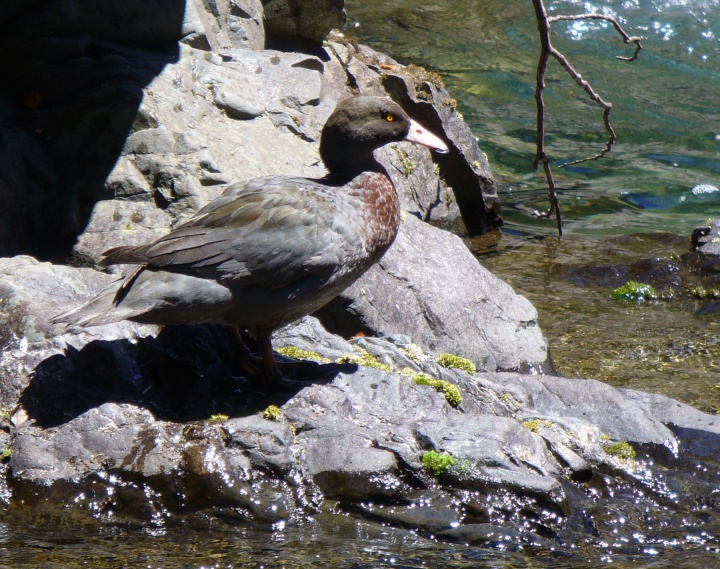
A pest control operation to protect at-risk native species in the Northern Ruahine Ranges has been completed.
The operation was part of the Department of Conservation’s (DOC’s) Battle for our Birds programme, which aims to protect our most vulnerable native species.
Director Operations Lower North Island Reg Kemper, is pleased with how the operation went.
“It’s early days, but anecdotal reports indicate some wins already, with dead possums, rats and mice reported by our staff and volunteers working in the treatment area,” says Reg.
“A lot of effort goes in to planning and delivering an operation like this. It’s a credit to all those involved; they just got on with it and did the job safely and effectively.”
DOC worked with OSPRI (which manages New Zealand’s TBfree programme) to lay cereal baits containing sodium fluoroacetate (known as 1080) over 32,829ha of the Northern Ruahine Ranges, between 13 and 15 November 2017.
“Their work will protect our taonga species across a large area of difficult terrain,” explains Reg.
“Aerial 1080 is the most effective large-scale pest control tool we currently have. Monitoring shows it’s successful in protecting our vulnerable species.”
The operation will reduce rat, possum and stoat numbers in the area, helping to protect Ruahine populations of highly valued species, such as whio/blue duck, kiwi, giant land snails, bats/pekapeka, red mistletoe, Dactylanthus, and Pittosporum turneri.
Although the operation itself is complete, the work is not over. During the coming months, teams will be gathering data to assess the impact of the operation:
• Rat and mouse numbers will be monitored in early December.
• Whio populations in two catchments will be surveyed using conservation dogs in late summer.
• Powelliphanta snail populations will be monitored in February/March 2018.
Access points into the operational area have warning signs in place. The presence of these signs indicates that pesticide residues may still be present in bait or animals.
For more information, see www.doc.govt.nz/battleforourbirds

Ruahine whio, Apias. Crown copyright: Department of Conservation, Te Papa Atawhai (January 2011).
Background information
• Check out our Predator Response booklet.
• Read a factsheet about the Northern Ruahine Battle for our Birds operation.
*Press Release online at http://www.scoop.co.nz/stories/SC1711/S00055/operation-to-protect-northern-ruahine-species-complete.htm
